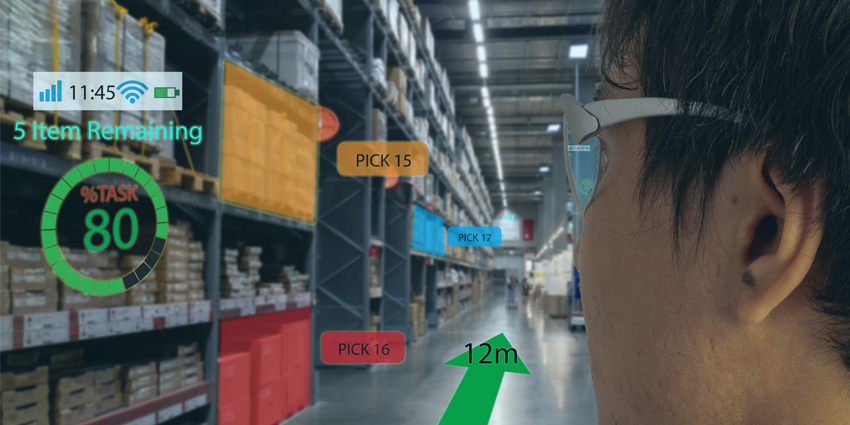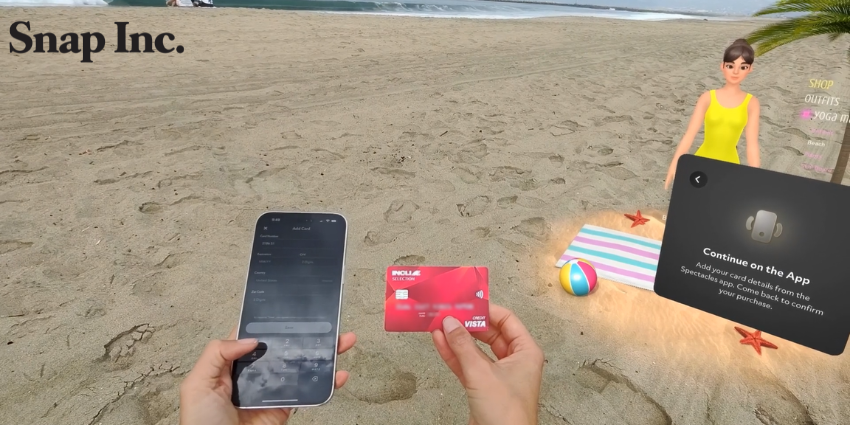While many still think of wearables as consumer-focused products, sources have predicted that 2021 will be the year when smart glasses, smartwatches, and everything in between spread through the enterprise at scale.
According to a study by Arizton, the enterprise wearable market should surpass USD 37 billion by 2025, growing at a CAGR of 41% as investments pour in from organizations operating in healthcare, retail, telecoms, oil & gas, logistics, and more.
But what factors are expected to drive this rapid growth, and where will we see these trends having the most significant impact? Let’s take a look below to find out.
Which countries are leading this growth?
Studies show that both the UK and Germany are expected to be the forerunners in adopting medical wearables in the European market. Meanwhile, Italy will lead the charge for wearable adoption in the automotive space, and both Spain & Portugal will serve as hotbeds for smart glasses and wrist wears.
The same report also suggests the spread of digital transformation in the oil & gas and mining industries will also drive the enterprise wearables market even further. As a result of this growth, we’ll likely see enormous investments in enterprise wearable from big oil, gas & mining countries like the US, China, Russia, Australia, India, and Saudi Arabia over the next ten years.
What trends are driving enterprise wearables growth?
Growth in Bring Your Own Wearable
Much like Bring Your Own Device (BYOD) did in the 2010s, the Bring Your Own Wearable (BYOW) trend is expected to spread throughout the enterprise space in the 2020s. So far, we’ve already seen wearables used by employees at big corporations in oil & gas, mining, healthcare, and construction. We expect this trend to trickle down to smaller organizations in the future.
Development of Smart Clothing
The arrival of smart clothing in the enterprise has already begun. Many large-scale industrial organizations now regularly use wearable technology to improve safety, navigation, and collaboration for their deployed workforces. For example, Marathon Petroleum recently developed its “Life Safety Solution” wearable monitoring system that detects multiple types of potentially hazardous gas and features a panic button, motion sensor, and GPS mechanism.
Growth in Need for Tracking Workplace Wellness
Following the COVID-19 pandemic and an increasing concern for personal health, it’s not too much of a stretch to assume that wearables utilized to monitor employee health and track location have massive potential in the future enterprise marketplace. Moreover, the increasing affordability of wearables like Fitbit and smartwatches in the consumer marketplace will drive the demand among enterprise users.
Increased Adoption of IoT in Enterprises
According to Vodafone’s IoT Spotlight 2020 report, 84% of IoT-adopter businesses in the US increased their IoT projects’ pace, while 76% of US businesses considering IoT stated that the COVID-19 crisis had accelerated their adoption plans. As IoT infrastructure grows within the enterprise space in 2021, we expect wearable technology support to grow alongside it.
Where does the enterprise wearables market go from here?
Suppose these market forecasts are correct (and we firmly expect they will be). In that case, the widespread adoption of wearable technologies within the enterprise space will continue spreading for many years to come.
Besides increasing the efficiency and performance of employees in the workplace, these technologies are also effective tools for cutting down costs, improving safety and security, and helping organizations deliver better service to their customers.
Considering all the above, the arrival of large-scale enterprise wearables adoption at scale is not a question of if but when.







